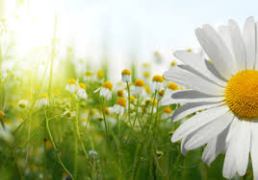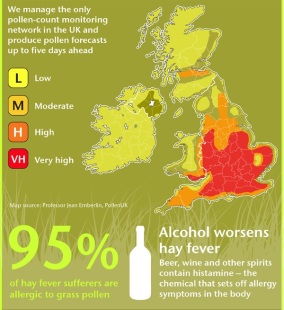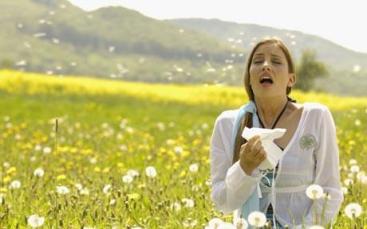The reason behind hay-fever..
Published By Jason Finch
What is hay-fever?
The fine powder called “pollen” is produced by plants, tress or flowers of the same species, this pollen creates the allergy “Hay-Fever”.
Hay-fever usually starts to affect people at different periods of the season. Trees re lease their pollen in March to early May while grasses release pollen from late May to early August. Weeds and certain shrubs release their pollen in late summer.
lease their pollen in March to early May while grasses release pollen from late May to early August. Weeds and certain shrubs release their pollen in late summer.
Symptoms are due to your immune system reacting to the pollen. Cells on the lining of the nose and eyes release histamine and other chemicals when they come into contact with pollen. This causes inflammation in the nose (rhinitis) and eyes (conjunctivitis). Sometimes the sinuses and throat can also be affected.
The Causes
Allergic Reaction
When you have an allergic reaction, your body overreact’s to something it perceives as a threat. In hay fever, the allergen (the substance you are allergic to) is pollen. Your immune system (the body’s natural defence system) starts to respond as if it were being attacked by a virus. Your immune system will release a number of chemicals designed to prevent the spread of what it wrongly perceives as an infection.
Risk Factors
There are several risk factors that can also increase the chances of developing hay fever.
- Having a family history of hay fever
- Being exposed to tobacco smoke during early childhood
- Having asthma or another allergic condition such as eczema (an allergic skin condition)
Effect of hay-fever by weather
The amount of sunshine, rain or wind affects how much pollen plants release and how much the pollen is spread around. On humid and windy days, pollen spreads easily. On rainy days, pollen may be cleared from the air, causing pollen levels to fall.
During their pollen season, plants release pollen early in the morning. As the day gets warmer and more flowers open, pollen levels rise. On sunny days, pollen count is highest in the early evening.
Symptoms
Hay fever symptoms vary in severity and may be worse some years than others, depending on the weather conditions and the pollen count. The time of year your symptoms start depends on the types of pollen you’re allergic to.
The symptoms of hay fever include:
- frequent sneezing
- runny or blocked nose
- itchy, red or watery eyes
- an itchy throat, mouth, nose and ears
- cough, caused by postnasal drip
Less commonly, you may experience:
- the loss of your sense of smell
- facial pain (caused by blocked sinuses)
- headaches
- earache
- tiredness and fatigue
Visit our website for a variety of hay-fever/allergy medication that is listed below.
Click here to view the daily pollen count in your area!

